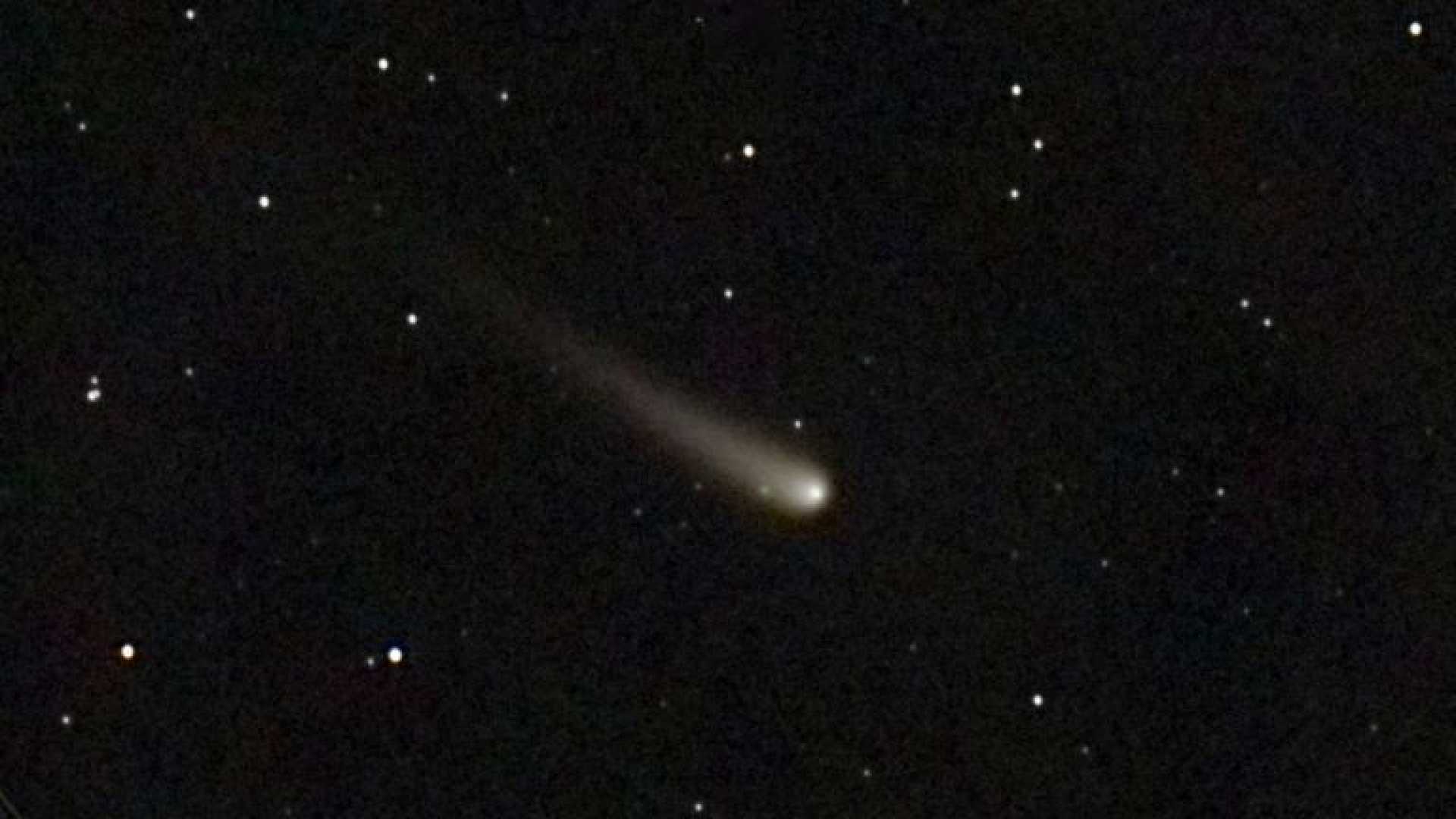News
Final Opportunity to Witness Comet A3: “Comet of the Century”

Comet A3, also referred to as the “Tsuchinshan-ATLAS,” is being heralded as the “comet of the century.” This week marks a rare opportunity to witness this celestial event before it disappears for another 80,000 years. The comet has been visible over recent nights and was at its most luminous on Monday for observers across the United Kingdom.
Astronomical enthusiasts have expressed excitement over Comet A3 due to its exceptional brightness and visibility. BBC Weather Watchers captured several images on Monday night. According to sources, the comet remained nearly as bright on Tuesday night, although its luminosity is expected to decrease steadily in the coming week.
The best viewing time is around sunset, projected between 18:00 to 18:30 BST for locations across the UK. Sky-watchers are advised to look toward the western horizon to spot a bright light with a faint streak trailing behind it. Optimal viewing conditions require being in an open space, away from obstructions like buildings, with a wide view of the western sky. Further details regarding the exact time of sunset can be obtained from weather applications and websites.
However, overcast skies and expected rainfall may hinder visibility across much of the UK. Clearer skies with occasional breaks are forecasted in north-east Scotland and East Anglia. Regions such as western Scotland, Northern England, the Midlands, and central Southern England might experience brief glimpses through the cloud cover, though western regions face continued overcast conditions with potential heavy rainfall. The Met Office has issued a yellow severe weather warning for rain across south-west England and Wales.
Dr. Greg Brown, an astronomer, has elaborated on the challenges in spotting the comet. According to an interview with the PA news agency, he describes Comet A3 as being visible “low on the horizon at sunset,” and recommends waiting for complete darkness to increase chances of visibility. Dr. Brown advises, “Look to the west, just to the left of where the sunset was and, if you are lucky, it should be just about visible to the unaided eye.”
Although the comet is rapidly fading, the window between October 12 and 30 may still offer a chance to see it, assisted by binoculars or a telescope. The comet was initially discovered in January last year, although its last passage visible from Earth dates back approximately 80,000 years, during the time of the Neanderthals.












